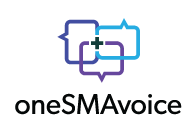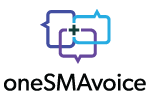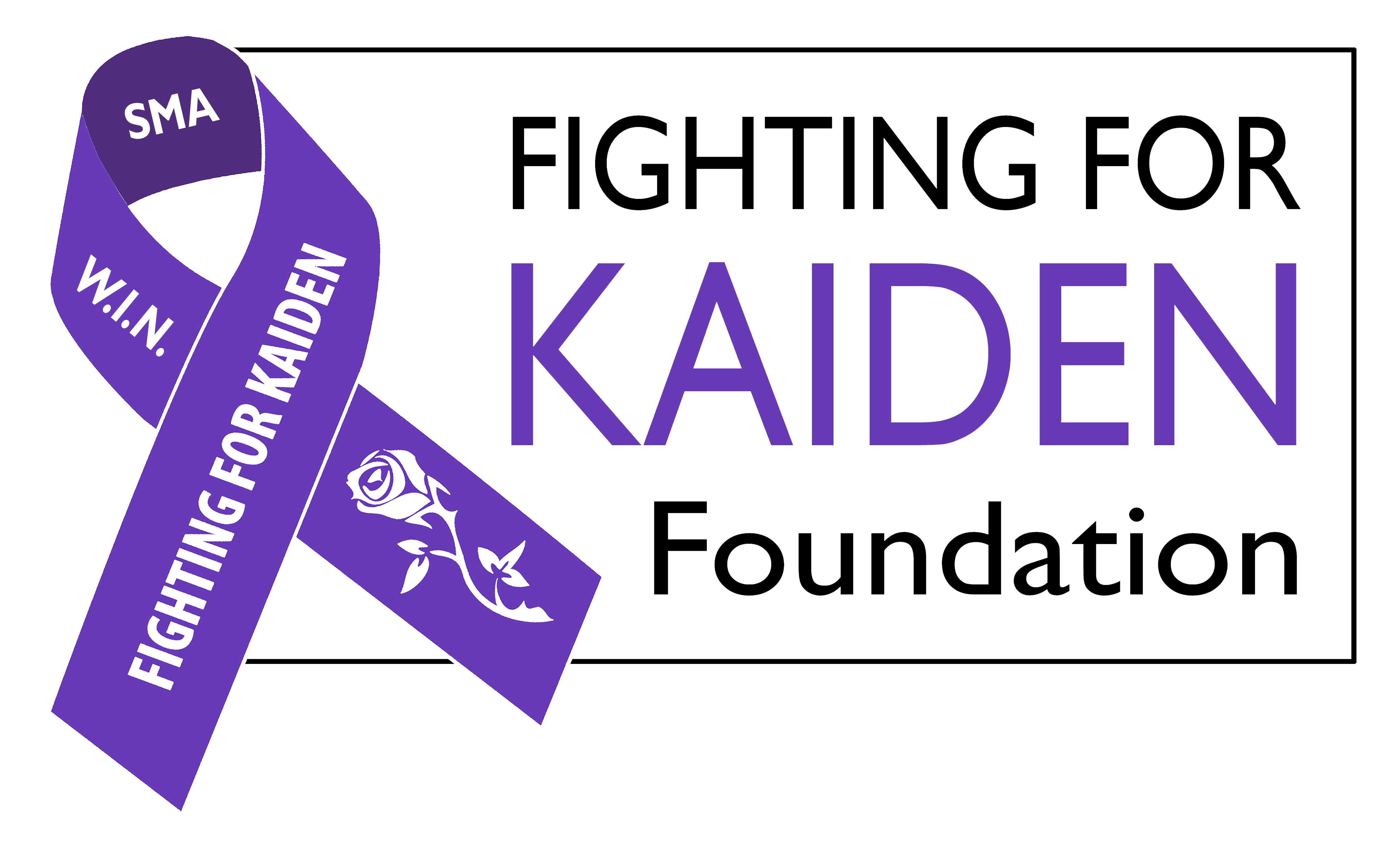start date: November 4, 2021
estimated completion: May 15, 2023
last updated: December 20, 2021
phase of development:
Phase 4
size / enrollment: 15
study description: This is an open-label, single arm, multi-center study to evaluate the safety, tolerability and efficacy of IV OAV101 in SMA participants. The study will enroll participants ≤ 24 months that weigh ≤ 17 kg. Participants will receive a single administration of IV OAV101 at the approved dose of 1.1e14 vg/kg.
Participants who meet eligibility criteria at screening and baseline visits will receive a single dose of IV OAV101 on Day 1 (Treatment period) and will be followed for a period of 18 months. The study will include a standard screening period that can last up to 20 days, during which eligibility will be assessed and baseline assessments will be performed prior to treatment.
For the study duration, participants will complete visits as defined in the Schedule of Assessments (SoA). Prednisolone treatment will be given per study protocol. On Day -1, participants will be admitted to the hospital for pre-treatment baseline procedures. On Day 1, participants will receive a 1-time IV infusion of OAV101 and will undergo in-patient safety monitoring over the next 48 hours, after which the participant may be discharged, based on Investigator judgment.
Safety monitoring will be performed as per study schedule and protocol requirement. Safety for the participants enrolled in the study will be evaluated by the study team together with Data Monitoring Committee (DMC) as described in the charter. An interim analysis for safety and efficacy maybe performed once the last participant completes 6-months of follow-up and will include all available data up until that data cut-off. Final analysis will be planned after the 18 month visit end of study (EOS).
After study completion eligible participants will be invited to enroll into a Registry study (RESTORE) study to collect additional safety and efficacy data.
primary outcomes:
- Number of Participants with treatment emergent AEs and SAEs
An AE is any untoward medical occurrence (eg any unfavorable and unintended sign [including abnormal laboratory findings], symptom or disease) in a clinical investigation participant after providing written informed consent for participation in the study. Therefore, an AE may or may not be temporally or causally associated with the use of a medicinal (investigational) product.
- 18 months
Evaluation of important identified and important potential risks
An AE is any untoward medical occurrence (eg any unfavorable and unintended sign [including abnormal laboratory findings], symptom or disease) in a clinical investigation participant after providing written informed consent for participation in the study. Therefore, an AE may or may not be temporally or causally associated with the use of a medicinal (investigational) product.
- 18 months
Evaluate changes from baseline in vital signs, cardiac safety assessments, and clinical laboratory results
Clinically significant abnormal laboratory values or test results must be identified through a review of values outside of normal ranges/clinically notable ranges, significant changes from baseline or the previous visit, or values which are considered to be non-typical in participant with the underlying disease.
These will be evaluated and reported as Adverse Events if clinically significant and as applicable, per investigator assessment.
- 18 months
secondary outcomes:
- Number of participants who achieve Development Motor Milestones according to the World Health Organization-Multicentre Growth Reference Study (WHO-MGRS)
6, 12 and 18 months post infusion
inclusion criteria:
• Eligible Ages: 0 - 24
• Eligible Sexes: all
Inclusion Criteria:
Written informed consent/assent obtained prior to any assessment performed
Symptomatic SMA diagnosis based on gene mutation analysis with bi-allelic SMN1 mutations (deletion or point mutations) and any copy of SMN2 gene.
Age ≤ 24 months of age at time of treatment
3. Weight ≤17 kg at the time of Screening Period 4. Naïve to treatment or have discontinued an approved drug/therapy 5. Up-to date on recommended childhood vaccinations and RSV prophylaxis with palivizumab (also known as Synagis), per local standard of care
Key
exclusion criteria: Criteria:
Previous use of OAV101 or any AAV9 gene therapy
Participant with history of aspiration pneumonia or signs of aspiration (eg, coughing or sputtering of food) within 4 weeks prior to Screening
Participant dependent on gastrostomy feeding tube for 100% of nutritional intake.
Anti-AAV9 antibody titer > 1:50 as determined by ligand binding immunoassay at the time of screening
Inability to take corticosteroids
Concomitant use of immunosuppressive therapy, plasmapheresis, immunomodulators such as adalimumab, or immunosuppressive therapy within 3 months prior to gene replacement therapy (eg, cyclosporine, tacrolimus, methotrexate, rituximab cyclophosphamide, IV immunoglobulin)
Hepatic dysfunction (i.e. AST, ALT, bilirubin, GGT or GLDH, ≥ ULN; CTCAE ≥ 1) at Screening (with the exception of isolated AST elevation: in the absence of other liver laboratory abnormalities, isolated AST elevation is not considered exclusionary)
Previously treated with nusinersen (Spinraza®) within 4 months prior to Screening
Previously treated with risdiplam (EvrysdiTM) within 15 days prior to Screening (washout period of at least 5 half-lives before Screening)












